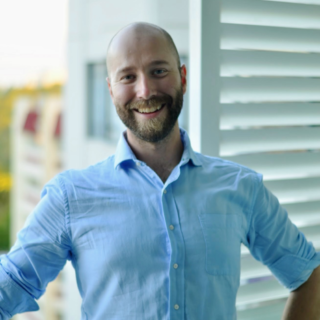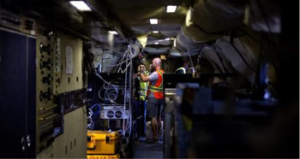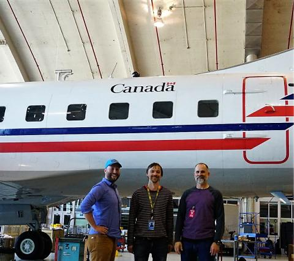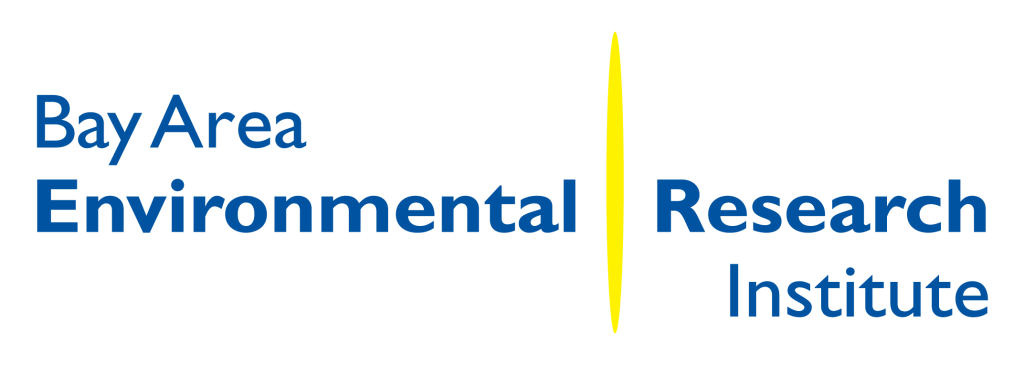Questions
How can we best use remote sensing to quantify cloud and aerosol properties in areas that are difficult to sample from satellites? Can we evaluate the aerosols’ radiative effect on climate, and refine a process for understanding it?
Approach
I combine remote sensing information about clouds and aerosols from satellite, ground-based, and airborne measurements, with a focus on hyperspectral measurements of transmitted sunlight. Based on these observations and their interpretations, I develop new measurement technologies, and implement new retrieval methodologies to further the understanding of climate radiative effects. I’m very interested in linking the technical aspects of instrument and technology development with remote sensing and process understanding.
Innovations & Discoveries
I developed the use of color-dependent features in the visible and infrared portions of solar light transmitted through clouds to quantify the amount of water content, if it is composed of ice or liquid cloud drops, the effective size of cloud particles, and its impact on light reduction.
I discovered that the amount of light reduced by atmospheric particles is more consistent over greater distances than the atmospheric particle size and color over Korea during the airborne mission KORUS-AQ. This is contrary to other regions of the world like the Arctic, and over wildfires where the size and color are more consistent.
I discovered that the amount of sunlight that is reduced by smoke particles advecting out of southern Africa over the marine low clouds in the southeast Atlantic Ocean is measured to be less than expected from satellites.
Technical Description
My research is focused on observations of clouds and aerosols to better understand current and future climate via remote sensing and instrument development. I am interested in quantifying cloud and aerosol properties in areas difficult to sample from satellites to evaluate their radiative effect on climate, and refine process understanding by use of airborne hyperspectral radiation measurements. I am particularly interested in contrasting observations of clouds and aerosols from differing views, as with the use of 4STAR (Spectrometers for Sky-Scanning, Sun-Tracking Atmospheric Research), which is an airborne sunphotometer, and the SSFR (Solar Spectral Flux Radiometers).
Clouds and aerosols, with their direct radiation effect, remain the largest uncertainty in determining current and future radiative energy transfer in the Earth system. I postulate, and intend to further study, that using reflected light only gives a portion of the available information — while transmitted light, which interacts with all aerosol particles, cloud droplets, or ice crystals in the vertical column, gives additional necessary information. This increased information may be the key to solving the largest earth science question that we face as a community in trying to predict future climate. This is the question facing the next decade of NASA’s designated observables, Aerosol and Clouds, Climate and Precipitation (ACCP).
Education
Ph.D. in Atmospheric and Oceanic Sciences at University of Colorado (2014)
M. Sc in Atmospheric and Oceanic Sciences at University of Colorado (2011)
B.Sc. specialization in physics at University of Ottawa (2008)
Sam is seen here working on preparing the 4STAR instrument inside the cabin of the NASA P-3. 4STAR was deployed on the NASA P3 during ORACLES 2018 based out of Sao Tomé.
Sam, Konstantin, and Roy posing in front of the Convair 580 with 4STAR integrated.
4STAR is the black ball on the top of the fuselage. We formed a new partnership with the Canadian National Research Council and successfully integrated 4STAR onto their Convair 580 for sampling during a Canadian Oil Sands project.
Publications
Sam’s Publications Page External Links
Sam’s Researcher Website Current Projects
4STAR
ORACLES
KORUS-AQ
Canadian Oil Sands Region experiment
Moving lines, a research flight planning software Get in touch: leblanc (at) baeri.org // samuel.leblanc (at) nasa.gov
About Sam
Where are you from, and what were you doing before BAERI?
I grew up in Bathurst, New-Brunswick, Canada, and now live in Santa Cruz, California. Before coming to BAERI, I was a post-doc at the NASA Ames Research Center in the Sunphotometer-Satellite Research Group. Prior to that I was a research assistant at University of Colorado in the Atmospheric Radiation Group.
What’s one job-related thing that you love talking about with other people?
Clouds and their colors!
How about a non-job related thing?
Biking.




